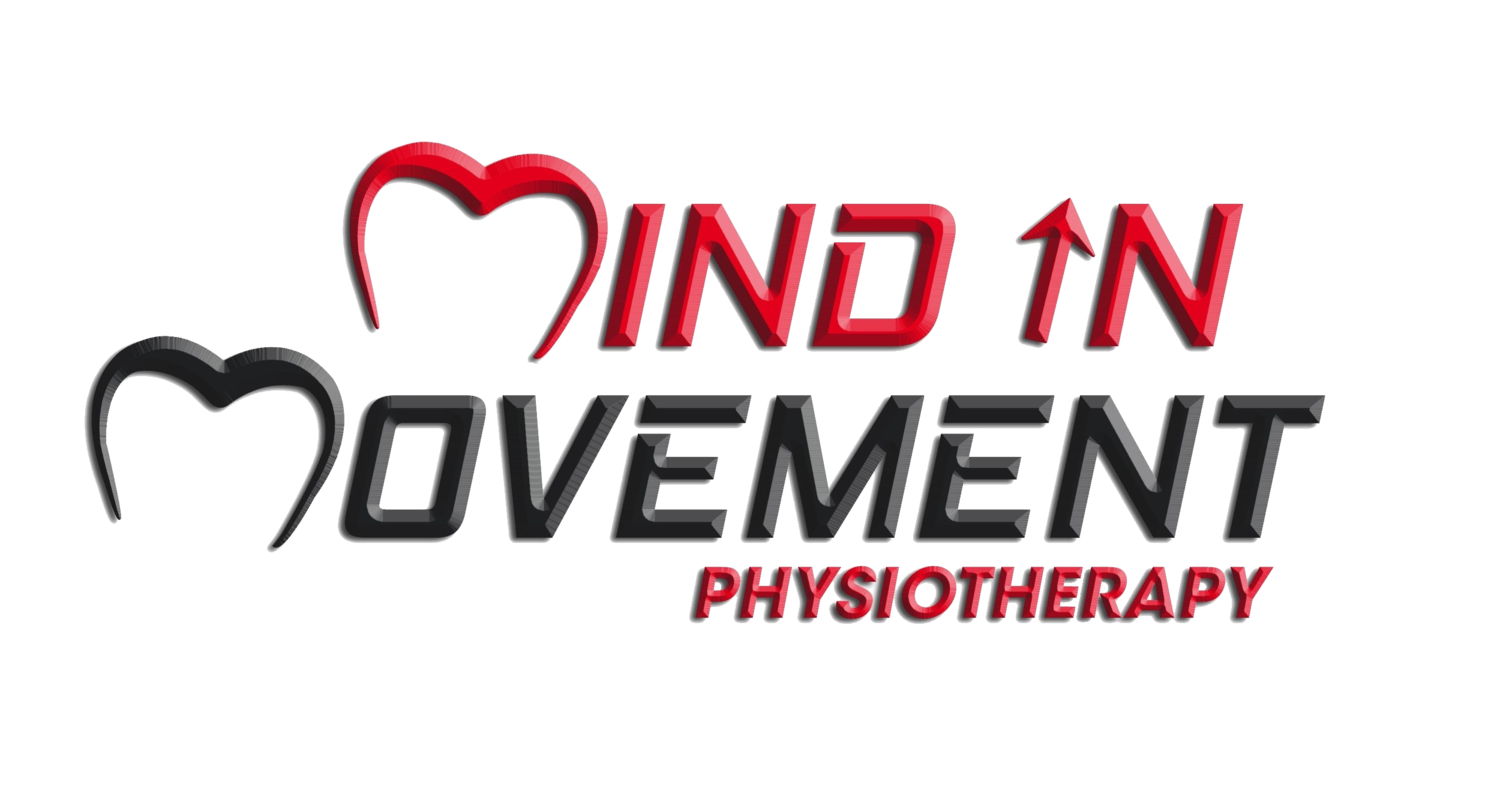How to effectively warm up - R.A.M.P.
Time to read: 5-6 min
Traditionally, warm-ups have consisted of periods of static stretching and generalised exercise with little consideration of the opportunity for long term athletic development. With this in mind, Jeffreys (2019) introduced the evidence-based RAMP warm-up protocol, transitioning from a simple preparation component of our workouts to considering it as a long-term development process that systematically optimises our athletic performance. At principle, Jeffreys (2019) states the elite athlete requires the ability for effective movement, which involves stability, mobility, force capacity, coordination, speed, agility, as well as technical and tactical consideration to their respective sports. As time is a considerable component when structuring a warm-up, the RAMP protocol sequentially prepares and develops the athlete, all within a time efficient manner (Jeffreys, 2019).
The RAMP protocol is composed of 3 specific phases, building upon each other to maximise our athletic opportunity each time we aim to perform. The 3 phases includes the Raise, Activation and Mobilisation, and Potentiation phases (Jeffreys, 2019). Let’s break this down further:
R: Raise
Time: 5 minutes
Jeffreys’ (2019) first phase implements two differing protocols, movement development and skill development. The aim is to begin with low intensity activity, providing an opportunity to adapt physiologically through improved blood flow, body temperature (specifically core and muscle), muscle elasticity, and neural activity (Jeffreys, 2019; Racinais et al., 2017).
Movement development incorporates Jeffreys’ (2019) Gamespeed System, which identifies the function, objective, and movements required within game-type situations. Essentially, these target functions involve specific movement patterns to improve the athlete’s ability for change of direction, maximal movement speed, and reactivity (Jeffreys, 2019). See below for specifics.
Note. Source: Jeffreys, I., 2019, p.21.
Skill-based development involves activities specific to the athlete’s sport. As each individual sport requires different key skills, the importance of this phase lies within the movement completion of each individual skill (Jeffreys, 2019). To be effective within this phase, Jeffreys (2019) emphasizes technical performance. For example, the ice hockey athlete may consider skills such as shooting, passing, stickhandling, skating, etc.
AM: Activation and Mobilisation
Time: 5 minutes
The next phase aims to build upon the temperature-related benefits gained within the raise phase (Jeffreys, 2019). Rather than focusing on static stretching, which has been noted to potentially reduce strength, power, speed, and agility of an athlete, Jeffreys’ (2019) aim is for the athlete to perform fundamental movements and ranges of motion that is highlighted within their specific sport. Dynamic movement provides a more suitable alternative to static stretching, activating key muscle groups and seemingly preparing the athlete more appropriately for performance (Racinais et al., 2017; Zmijewski et al., 2020) This may include movements such as squats, lunges, rotation, or stepping. What is essential is the focus on proper execution of the movement and specific muscle activation (Jeffreys, 2019).
P: Potentiation
Time: 5 minutes
Finally, the potentiation phase looks to progressively increase the intensity of exercise towards maximum effort repetitions (Jeffreys, 2019). Jeffreys notes an easy way to conceptualise this is considering a sprinter progressively sprinting to greater levels of effort in preparation to their competition. However, the trend continues that the athlete must consider the activities that they face in competition, and progressively build themselves to the greatest level of intensity that they may face (Jeffreys, 2019).
To Summarise:
Implementing each specific component of the protocol, we aim for physiological and psychological preparation while also taking additional advantage of the opportunity to develop our ability for efficient movement, supplementing future athletic performance (Jeffreys, 2019). Collectively, we increase our opportunity to improve strength, power, speed, agility, endurance, flexibility, mobility, and skill performance, while priming our minds psychologically for the task at hand (Jeffreys, 2019). Additionally, we increase our chance at reducing the risk of injury during training or competition through factors such as increased force capacity, range of motion, work efficiency, as well as temperature related changes within the body (Jeffreys, 2019; Racinais et al., 2019).
With more consideration towards how we prepare as athletes, those that are conscious of the latest evidence and literature may benefit in their athletic performance and future opportunity. Don’t get stuck behind, stay up to date with our blog posts - ditch your generalised static stretching routine and start to implement the RAMP protocol today!
References
Jeffreys, I. (2019). The warm-up: Maximize performance and improve long-term athletic development. Human Kinetics.
Racinais, S., Cocking, S., & Périard, J. D. (2017). Sports and environmental temperature: from warming-up to heating-up. Temperature, 4(3), 227-257.
Zmijewski, P., Lipinska, P., Czajkowska, A., Mróz, A., Kapuściński, P., & Mazurek, K. (2020). Acute effects of a static vs. a dynamic stretching warm-up on repeated-sprint performance in female handball players. Journal of human kinetics, 72(1), 161-172.

